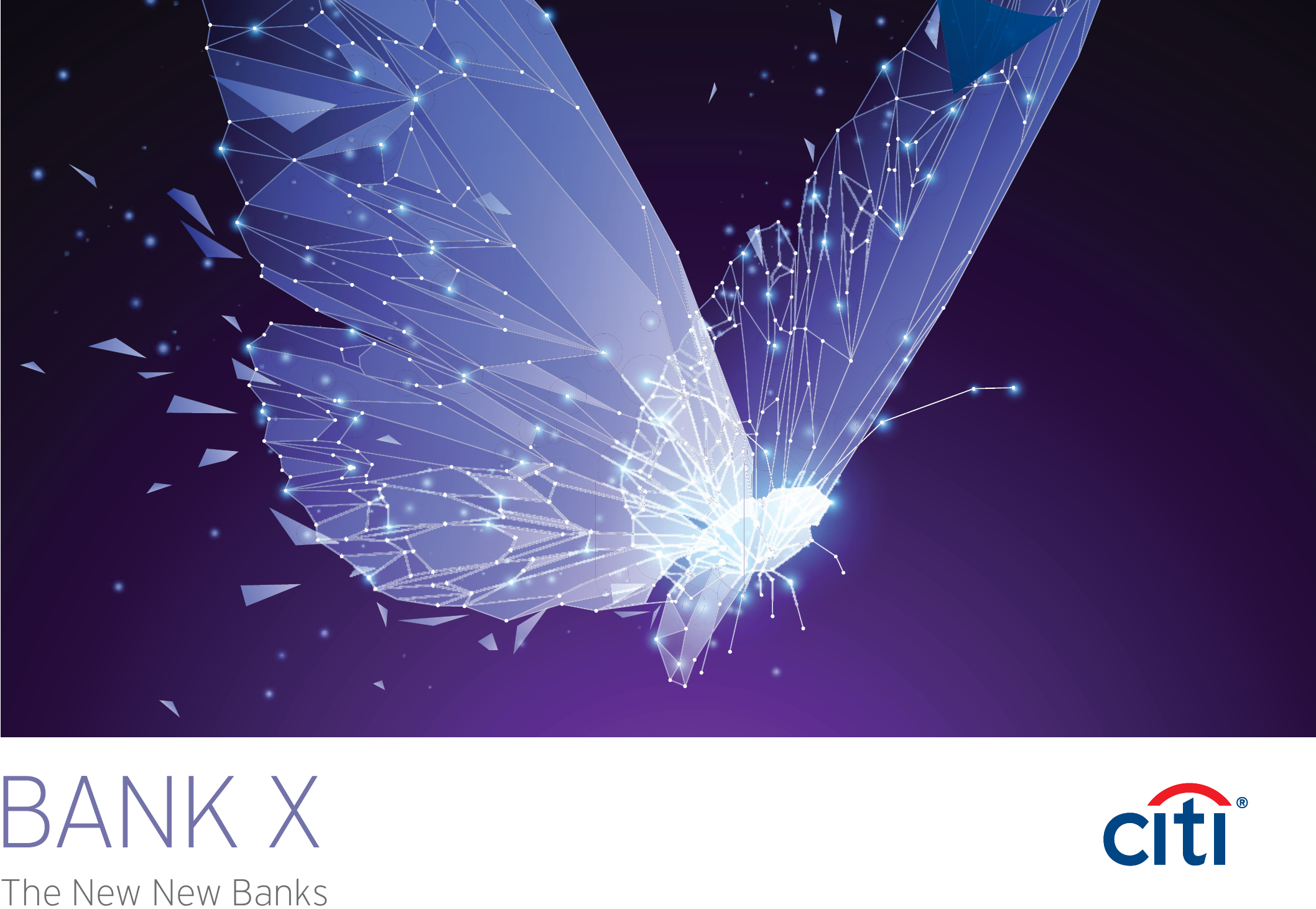The Problem
Coming up with new ideas might seem straightforward, but banks have traditionally lacked the creative environment needed to support genuine innovation. And while those banks recognize the need to innovate to better compete in an increasingly digital world, many feel constrained by processes, governance and - most critically - technology.
“Customers should not need to know our process - we want to be completely invisible,” said one respondent. In other words, a utility that hums away in the background, solving problems for customers at their point of need.
One key challenge for banks is that products have traditionally been confined to rigid silos, limiting the scope for innovation. As one respondent noted, “there is no real innovation in banking at the moment because products are so tightly categorized, and people are restricted only to what they know.”
Against that backdrop, one area that traditional banks want to improve is giving customers more control, for instance by allowing them to set their own spending limits or restricting certain types of spending, either on specific products (junk food, say) or during set periods of time. That could enable customers to customize the way products behave, fine-tuning them to their individual needs. “Products should not just be personalized by us in the way we configure them, but also by customers,” a respondent said.
The Solution
Banks should stop thinking about products as product lines such as ‘current accounts’ or ‘unsecured loans’ and instead start treating them as a collection of features that underpin how they work. Take a credit card, for instance. Its associated features include the ability to charge interest and fees, the ability to give customers rewards, the ability to restrict which customers are eligible, and what credit or spending limits might apply.
By adopting the right core banking platform, each of these features can be treated like building blocks that can be assembled in whatever way a bank wants, allowing them to combine underlying features and potentially create entirely new products that are not defined by traditional product categories. That building-block approach can encourage banks to experiment and respond more rapidly to changing customer needs, giving them the opportunity to become market leaders.
The Customer Benefit
Customers don’t necessarily know what products they want, they simply expect products to meet their individual needs. For example, they want more control and flexibility over how they use their current account. They want to apply their own restrictions and their own custom rules for transferring money, splitting salaries, paying bills or saving money for their children. “Our customers don’t see a difference between current accounts and savings accounts, so why should we?” one respondent noted.
In other words, customers view their bank accounts as pots of money that they should be able to partition however they please and with as little friction as possible. Respondents said that for many customers, managing their budgets is more important than earning interest, therefore they want products that can give them more control and visibility over their finances.
This article is an extract from our whitepaper "Supercharging your product lifecycle". To read on, please download the full whitepaper via the button below.



